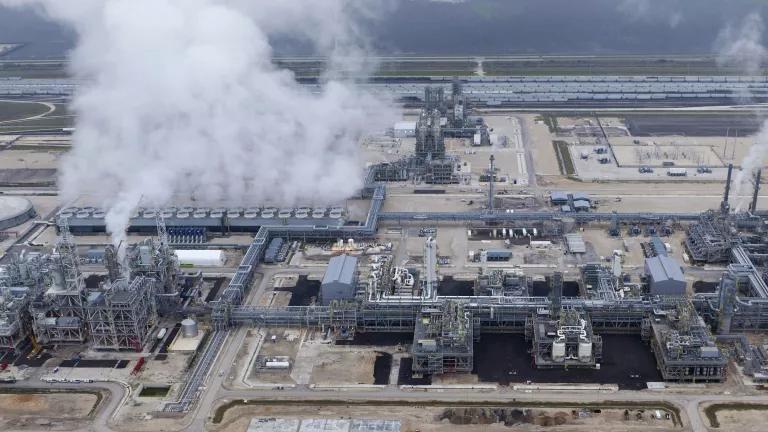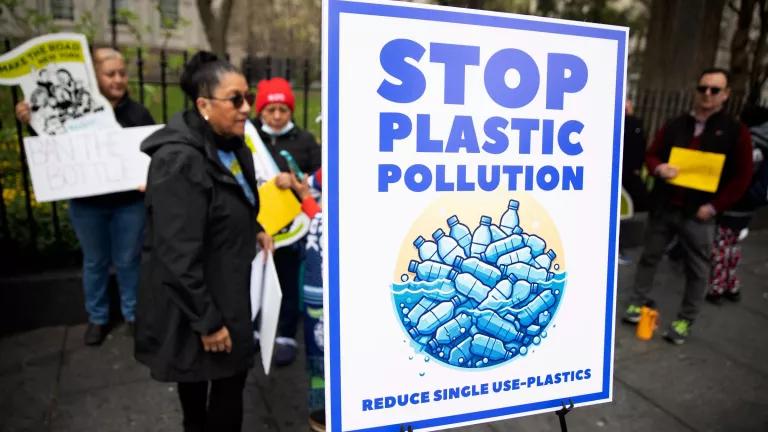It’s Time to Stop the Unnecessary Use of Harmful Chemicals
Governments and businesses should implement the essential-use approach to phase out known nonessential uses of chemicals of concern immediately.

Brian Maranan Pineda for NRDC
Current regulatory methods for managing chemical production, use, and disposal have failed to protect people and the environment from widespread pollution and exposure to harmful chemicals. We can, and need to, do better.
Earlier this month I was part of a scientific collaboration that published a paper on an alternative approach to managing chemical use, known as the “essential-use approach” - a practical policy tool that has the potential to more efficiently reduce the use of toxic chemicals to protect public health. As a follow up, I am excited to share our new issue brief that outlines this approach for policy and decision makers, including examples of potential essential-use determinations and recommendations on how to maximize the utility of its implementation.
The essential-use approach posits that uses of chemicals with known or suspected hazards (often referred to as “chemicals of concern”) should be eliminated if possible. It holds that use of such chemicals is not warranted in products or processes where they are not critical for health, safety, or the functioning of society. That is, chemicals of concern should not be used in products that are not critical for these purposes, for nonessential functions within products, or when there are safer alternatives. The goal of this approach is not to ban products but to discontinue the use of toxic chemicals when not needed.
Aspects of the essential-use approach are already being adopted by governments and businesses committed to reducing the use of harmful chemicals as quickly as possible. For example, Maine recently passed a law banning the sale of all products containing PFAS (a large group of very persistent chemicals, often referred to as toxic “forever” chemicals) by 2030, except in cases of “unavoidable use.” However, there is currently no clearly articulated framework for its broader policy application.
Framework for Applying the Essential-Use Approach to Chemicals of Concern More Broadly
In our brief we outline an actionable approach for determining essential versus nonessential uses through three related true/false statements. This framework, adapted from the work of Bălan et al., can streamline the evaluation process and avoid lengthy timelines with a particular focus on facilitating policy application.
In this approach, a use of a chemical of concern should be deemed temporarily essential only if all of the following are true:
- There are no safer alternatives to the chemical available; and
- the function of the chemical is necessary for the product to work; and
- the chemical is being used in a product that is critical for health, safety, or the function of society.
Importantly, not all three of the true/false statements necessarily need to be addressed. If any of the statements is false, that use is nonessential.

Governments and businesses should implement the essential-use approach described above to phase out known nonessential uses of chemicals of concern immediately and set up programs to systematically assess uses of chemicals of concern with the essential-use approach to phase out other unnecessary uses in the future.
We think this is a useful tool that has the potential to significantly reduce use of and exposure to harmful chemicals, and we look forward to working with policy and decision makers to implement this approach.




